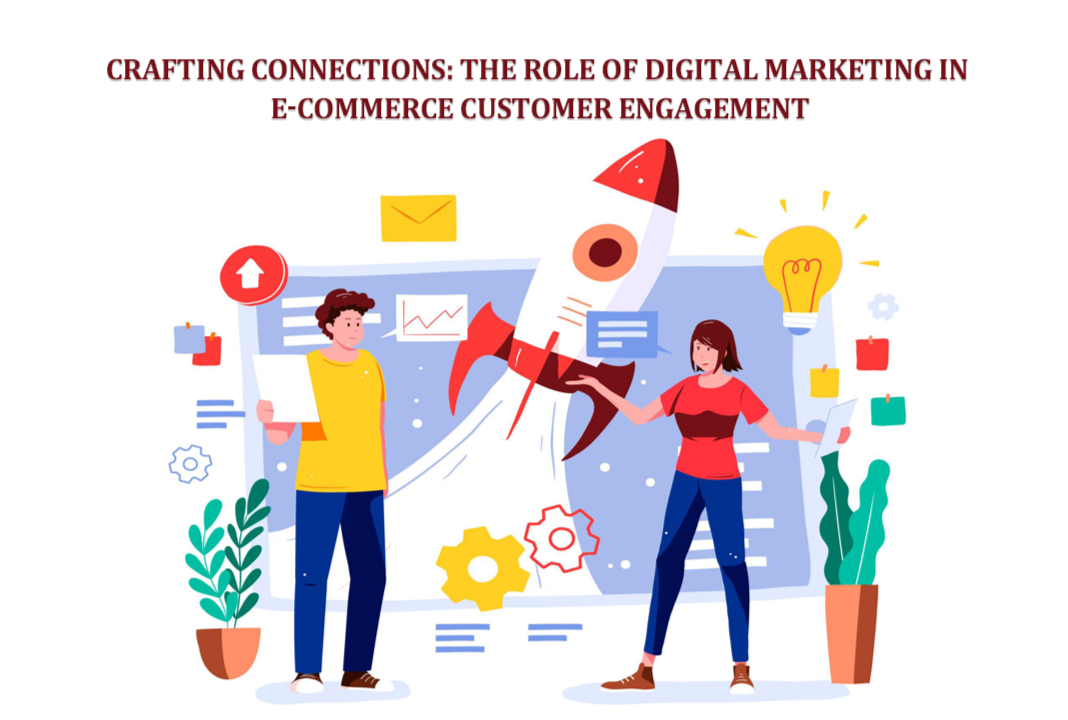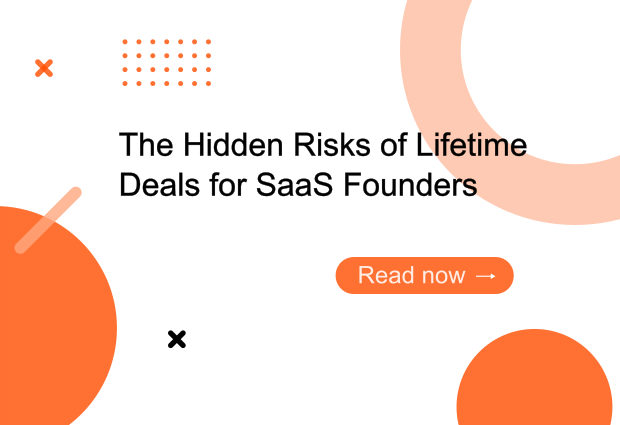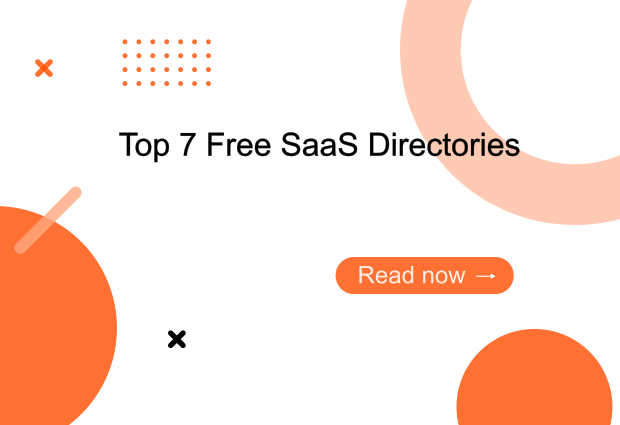The Hidden Risks of Lifetime Deals for SaaS Founders
Imagine offering your software for a one-time payment, attracting a flood of users, and generating quick revenue. Sounds great, right? But before you jump in, let's talk about the hidden risks that could threaten your SaaS business's long-term health. In this article, We will go through the financial, operational, and strategic challenges of lifetime deals. By the end, you'll have a better understanding of whether liftime deals is right for your SaaS business and how to manage the risks if you choose to proceed. Let's dive in.
Understanding Lifetime Deals
Lifetime deals refer to a pricing model where customers make a one-time payment to gain access to a product or service, without recurring subscription fees. In the context of SaaS, users pay once and receive perpetual access to the software, including all future updates and features, typically without additional costs to the user.
This model have gained popularity among SaaS founders as a way to attract customers, generate quick revenue, and build a user base rapidly.
Key characteristics of lifetime deals include:
- One-Time Payment: Customers pay a single upfront fee instead of recurring monthly or annual subscription charges.
- Lifetime Access: Users enjoy uninterrupted access to the software for as long as it remains operational, without needing to renew or pay additional fees.
- Updates and Support: Typically, lifetime deals include ongoing updates and support for the software, ensuring users have access to the latest features and assistance.
- Value Proposition: For customers, lifetime deals offer significant cost savings compared to continuous subscription payments. For SaaS founders, they can provide a quick influx of revenue and potentially expand the user base rapidly.
Financial Implications
Now, let's dive into the financial side of offering lifetime deals for your SaaS.
One of the immediate benefits of offering lifetime deals is the influx of upfront revenue. Instead of waiting for recurring subscription payments, you receive a lump sum from customers at the beginning. This can provide a significant cash flow boost, which may be particularly advantageous for early-stage SaaS needing capital for growth and development.
However, the trade-off is the absence of ongoing subscription revenue. While upfront payments are appealing, they can lead to a more unpredictable revenue stream in the long term. This unpredictability can make your financial planning extremely challenging, as your revenue model relies on new customer acquisition.
Managing cash flow is critical for any business, and lifetime deals introduce unique considerations. The influx of cash from upfront payments may initially seem beneficial, but it's essential to allocate these funds wisely. You'll might need to cover a lot of operational expenses could become overwhelming in periods where revenues go down and push founders to give up on their project.
Operational Costs
Running a SaaS could be expensive. You can also read my article about Why Should You Reconsider Offering A Free Plan for your SaaS? Let's look at some of these expenses
- Development Costs: Funding ongoing product development, security updates, and feature enhancements.
- Infrastructure: Paying for servers, email services, SMS, licences, and many other services
- Support and Maintenance: Providing customer support, troubleshooting, and maintaining the software.
- Marketing and Sales: Investing in marketing campaigns, sales efforts, and customer acquisition to sustain revenues.
Perception by Potential Acquirers
Most SaaS founders will sooner or later want to exit. The existance of a Lifetime user base for an acquirer has a lot of drawbacks :
- Liability Concerns: Acquirers may view a large customer base paying a one-time fee as a potential liability due to uncertain future revenue streams and ongoing support costs.
- Valuation Impact: Lifetime deal customers can affect your SaaS's valuation during acquisition negotiations. Acquirers typically favor businesses with stable recurring revenue over those reliant on one-time payments. Most of the time the valuation is multiple of the Annual Recurring Revenue (ARR).
- Integration Challenges: The acquirer might be a competitor seeking to expand their user base. In such cases, lifetime deal customers are often perceived as having minimal value.
Conclusion
In evaluating lifetime deals for your SaaS business, it's essential to weigh the pros and cons to make informed decisions that align with your strategic goals and long-term sustainability.
- Immediate Cash Flow.
- Capital for growth.
- Quick revenue boost.
- Lack of recurring revenue.
- Unpredictable Cash Flow.
- Reliance on new customer acquisition.
- Potential aquirers don't like Lifetime customers.
- Some lifetime deal platforms take 70%





